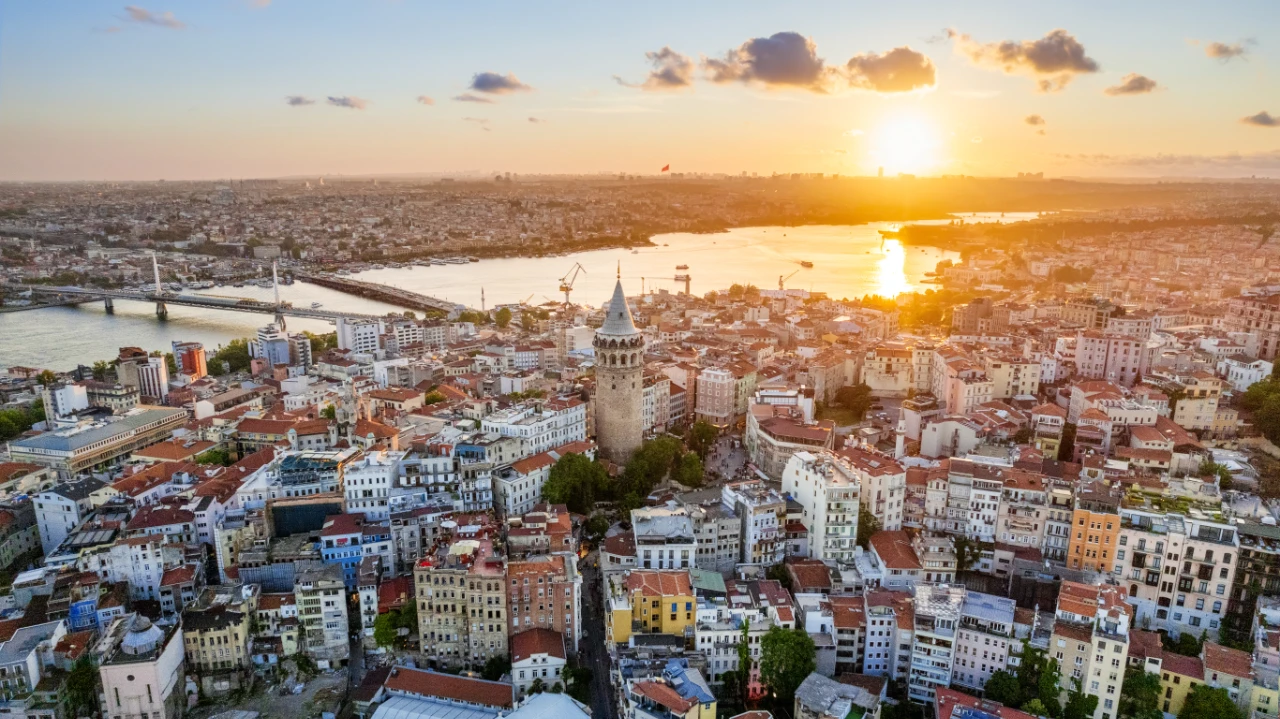Historical Istanbul: Where Continents, Cultures, and Centuries Collide
Nestled between two continents, Istanbul is a city unlike any other. It’s a place where East meets West, where mosques stand beside Roman ruins, and where the call to prayer echoes across a skyline shaped by emperors and sultans. With a history stretching over 2,600 years, Istanbul is not just a city—it’s a living museum.
Formerly known as Byzantium, then Constantinople, Istanbul has been the capital of three great empires: the Roman, Byzantine, and Ottoman. Every stone, street, and spice-laden breeze tells a story. Whether you’re walking through the grandeur of Hagia Sophia or sipping tea by the Bosphorus, you’re experiencing layers of history in real time.
🏛 A Journey Through Empires
Byzantium: The Ancient Foundation
Founded in the 7th century BCE by Greek settlers, Byzantium was a modest trading post before rising to imperial prominence. Its strategic location—where the Golden Horn meets the Bosphorus Strait—made it a prize for rulers and invaders alike.
Constantinople: Capital of the Eastern Roman Empire
In 330 CE, Emperor Constantine the Great declared it “Nova Roma”—New Rome—and renamed the city Constantinople. It became the dazzling heart of the Byzantine Empire, famed for its art, architecture, and Christian devotion.
Istanbul: The Ottoman Jewel
In 1453, Sultan Mehmed II conquered the city and transformed it into the crown jewel of the Ottoman Empire. He renamed it Istanbul, commissioned new mosques, and welcomed diverse cultures and faiths. Istanbul became one of the most cosmopolitan cities of its time.
🌟 Must-See Historical Sites in Istanbul
1. Hagia Sophia (Ayasofya)
Originally built as a church in 537 by Emperor Justinian, it became a mosque after the Ottoman conquest, then a museum, and today functions again as a mosque.
- Marvel at the massive dome, once the largest in the world.
- Admire stunning Byzantine mosaics and Islamic calligraphy side by side.
- Feel the centuries of faith, power, and change within its walls.
2. The Blue Mosque (Sultan Ahmed Mosque)
Right across from Hagia Sophia, the Blue Mosque is a masterpiece of Ottoman architecture.
- Known for its six minarets and striking blue Iznik tiles.
- Still an active place of worship—visitors are welcome outside prayer times.
- At sunset, it glows with a golden light that turns the square into magic.
3. Topkapi Palace
For 400 years, this was the imperial residence of the Ottoman sultans.
- Walk through the lavish Harem, where sultans lived with their families.
- See sacred relics, opulent thrones, and intricate gardens.
- Get panoramic views of the Bosphorus and Golden Horn from the palace terraces.
4. Basilica Cistern (Yerebatan Sarnıcı)
Beneath the streets of Istanbul lies an eerie, atmospheric underground water reservoir built in the 6th century.
- Stroll on walkways above the still waters, lit by soft orange light.
- Look for the famous Medusa heads carved into ancient columns.
5. Grand Bazaar (Kapalı Çarşı)
With over 4,000 shops under one roof, the Grand Bazaar is one of the oldest and largest covered markets in the world.
- Get lost in a maze of carpets, jewelry, spices, ceramics, and antiques.
- Haggle like a local—it’s part of the experience!
- Don’t miss a stop for strong Turkish tea or coffee in a hidden courtyard.
🚶 Walk Through History in Sultanahmet
The Sultanahmet district is the historical heart of Istanbul, where many of the city’s most iconic sites are located. In a single afternoon, you can walk through Roman forums, visit Byzantine churches, and enter Ottoman mosques—all within a few blocks.
- Roman Hippodrome: Once the center of chariot races and imperial ceremonies.
- German Fountain: A gift from Kaiser Wilhelm II, symbolizing Ottoman-German friendship.
- Obelisk of Theodosius: A 3,500-year-old monument brought from Egypt.
Every corner holds a layer of the past waiting to be uncovered.
🌉 Between Continents: The Bosphorus Bridge and Cruise
Istanbul is the only city in the world that spans two continents—Europe and Asia. Take a ferry or Bosphorus cruise for unforgettable views of both sides.
- See Ottoman palaces, wooden villas, and modern mansions.
- Pass beneath the iconic Bosphorus Bridge.
- Enjoy tea on deck while seagulls fly overhead and minarets dot the skyline.
🍽 Taste of Time: Istanbul’s Historic Cuisine
The city’s culinary heritage is as rich as its history. Influenced by Central Asia, the Middle East, the Balkans, and the Mediterranean, Istanbul’s cuisine is a journey in itself.
Must-try dishes:
- Kebabs and köfte (grilled meat)
- Meze platters (small savory dishes)
- Baklava with pistachios and honey
- Turkish tea and coffee (don’t forget to read your fortune in the grounds!)
- Balık ekmek (grilled fish sandwich) by the Galata Bridge
🕰 Best Time to Visit
| Season | Highlights |
|---|---|
| Spring (Apr–Jun) | Blooming tulips, mild weather, outdoor café culture |
| Autumn (Sep–Nov) | Warm days, fewer tourists, rich sunsets |
| Winter (Dec–Feb) | Quiet, moody, with fewer crowds and good hotel deals |
| Summer (Jul–Aug) | Hot and busy—but lively, with festivals and late nights |
💡 Traveler Tips
- Dress modestly when visiting mosques (scarves provided).
- Carry cash, especially for bazaars and local cafés.
- Learn a few Turkish words—locals appreciate it!
- Buy a Museum Pass if you plan to visit multiple historical sites.
- Explore both sides of the city—European and Asian—for a full picture.
Istanbul isn’t just one of the world’s great cities—it’s many cities in one. Each neighborhood is a chapter, each monument a memory, each meal a celebration of its layered identity.
To walk through Istanbul is to walk through time. You’ll leave with your senses full, your mind richer, and your heart already planning a return.
Whether you’re drawn by its history, culture, food, or charm, Istanbul will stay with you—long after the call to prayer fades and the last ferry crosses the Bosphorus.


